Wed July 9th Open 11 AM–5 PM
Cheyenne Concepción is part of the Public Participation Fellows Cohort 2019-20. The Essentials responds to the question, “How do we uplift and mobilize our public participation?”
Learn more →
Cheyenne Concepción
The Essentials, 2020
b. 1991, Los Angeles
Lives and works in San Francisco
When I first heard the term “essential workers,” I immediately thought of DC Comics’ Justice League. The Justice League of America (later shortened to Justice League) is a band of individual superheroes that formed to fight alien warriors seeking to conquer Earth. Created to pool their resources in order to effectively counter-attack a mysterious enemy, the Justice League eventually triumphed together. However, the COVID-19 pandemic in America is much different and just beginning. With a lack of oversight, unity, and understanding, we rely heavily on our “frontline” or “essential” workers to keep society running. The question is, how are we empowering this group of people to counter-attack this “invisible enemy?”
The Essentials is a collection of portraits of essential workers in the Mission District employed on the “frontlines against the invisible enemy.” Our modern-day superheroes, essential workers are healthcare workers, farmworkers, cooks, laborers, food service workers, and janitorial workers. Essential workers are rightfully celebrated in the media and in the streets, but behind their masks essential workers are often people of color, working for low wages, with little to no health protection. As the COVID-19 pandemic progresses, we are seeing more and more that we are leaving our superheroes vulnerable to the virus with little regard for their well-being. This project ruminates on the dichotomy between being “essential” yet being unprotected, or being “essential” yet accessorial.
With this project, I use portraiture to capture the faces of these workers, and I note their names and where in the Mission District they work. I applied a persuasive superhero-esque title to the project to highlight the inequities between our appreciation for and our treatment of essential workers. But most notably, with each encounter, I notice a sense of pride in being an essential worker. The essential workers I met shared a notion of humility when I asked for their photo. I’m glad that they too know that they are superheroes.
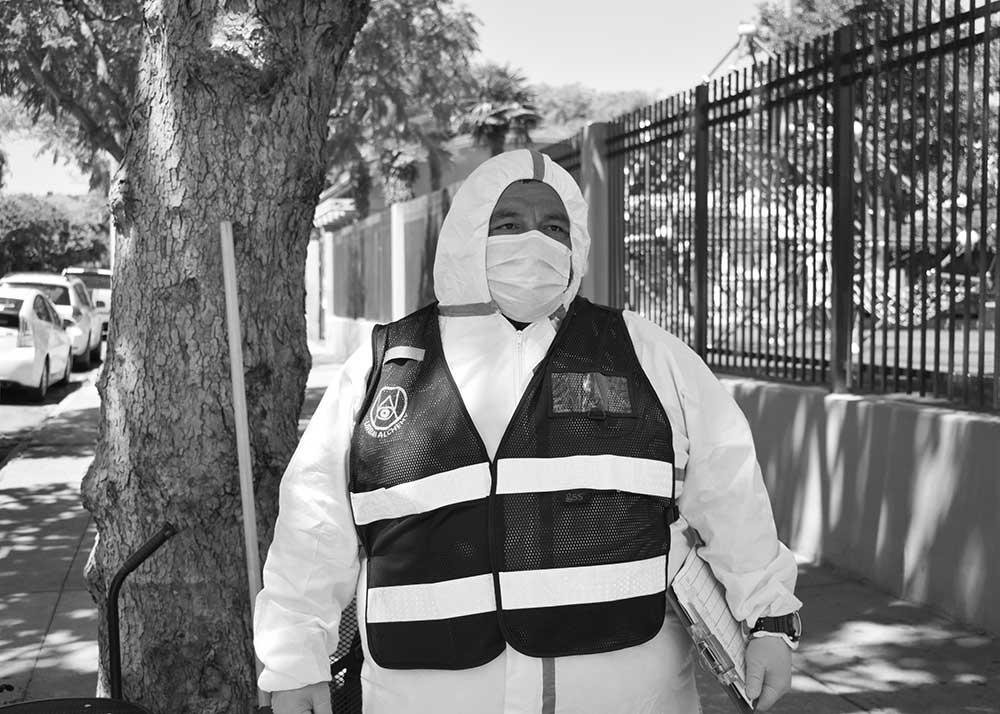
Ramon, Urban Alchemy
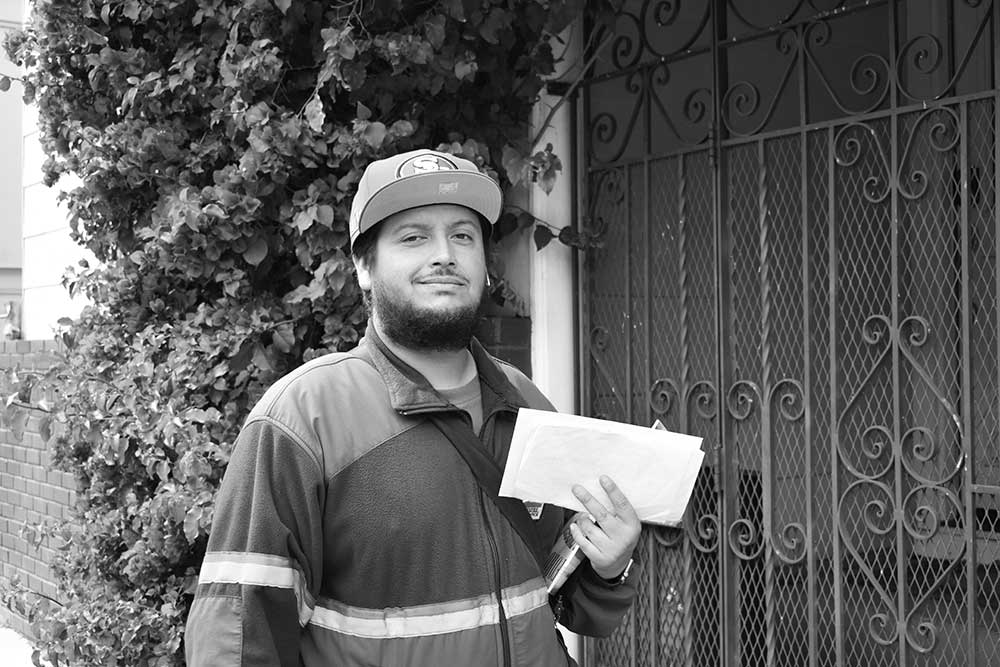
Leo, United States Postal Service
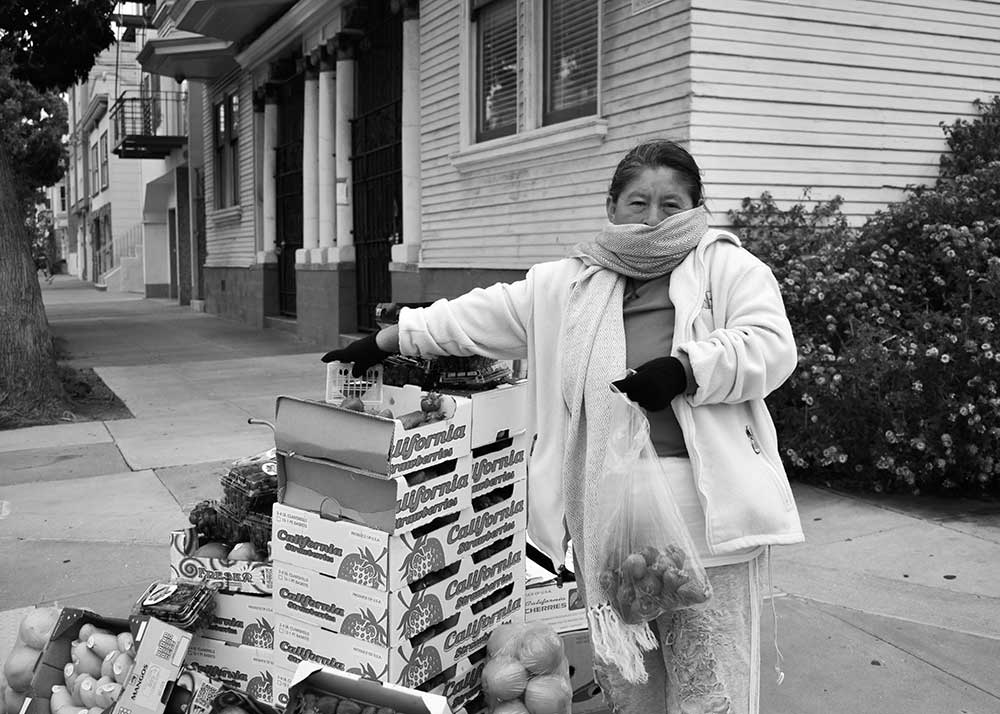
Aura, Entrepreneur of a mobile fruit corner
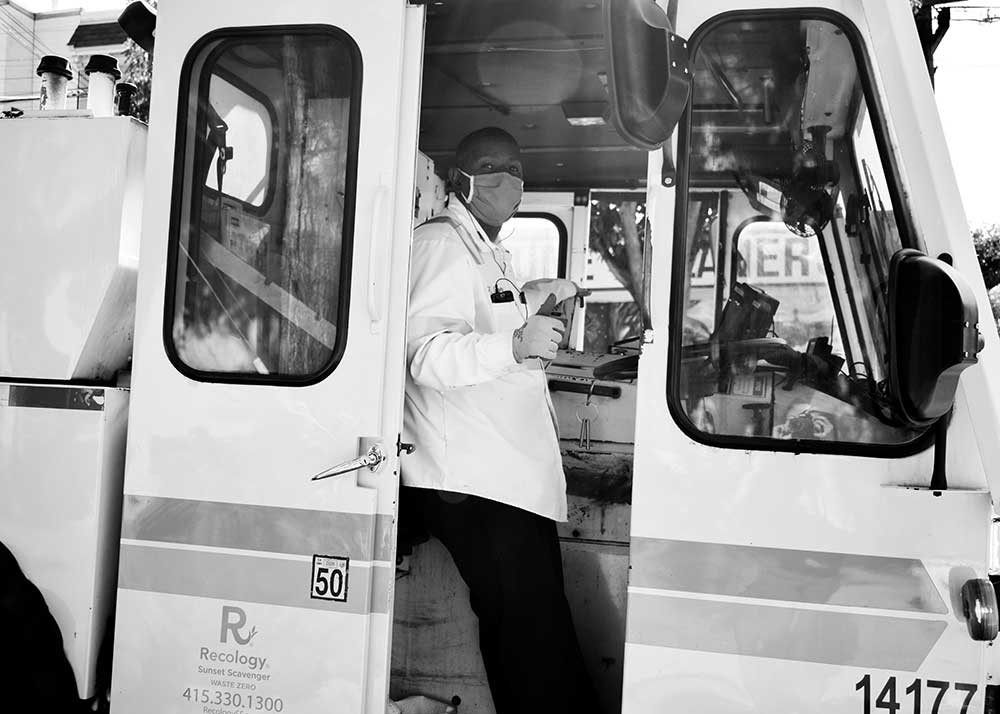
Jay, Recology
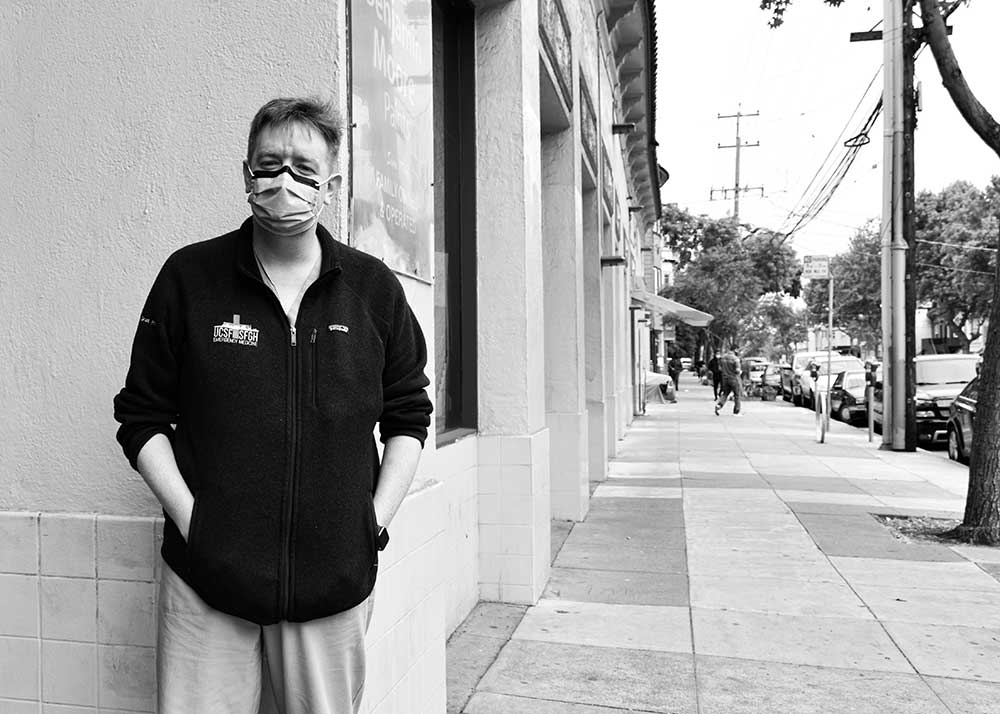
Robbie, UCSF at San Francisco General Hospital
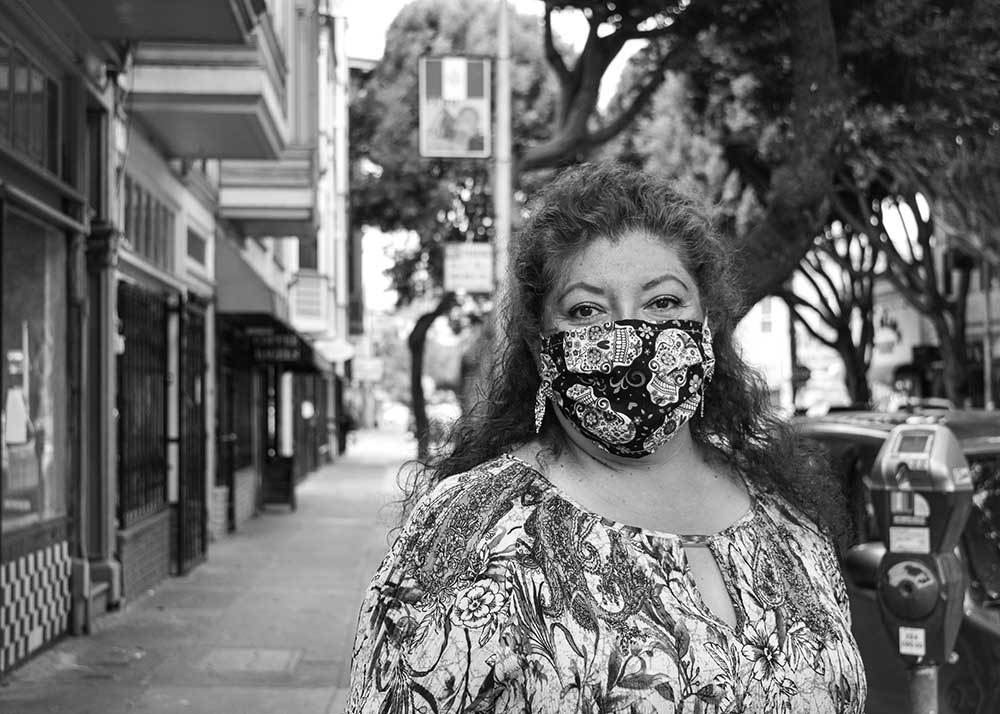
Gabby, Business Liaison of Calle 24 Latino Cultural District
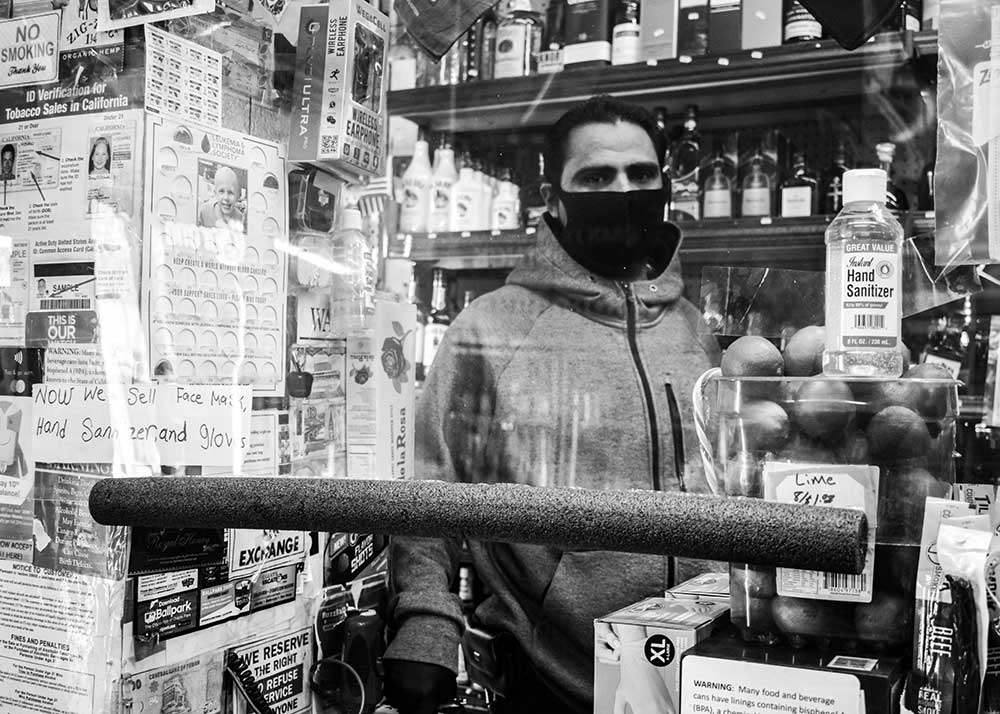
Sam, Samy’s Liquor & Groceries
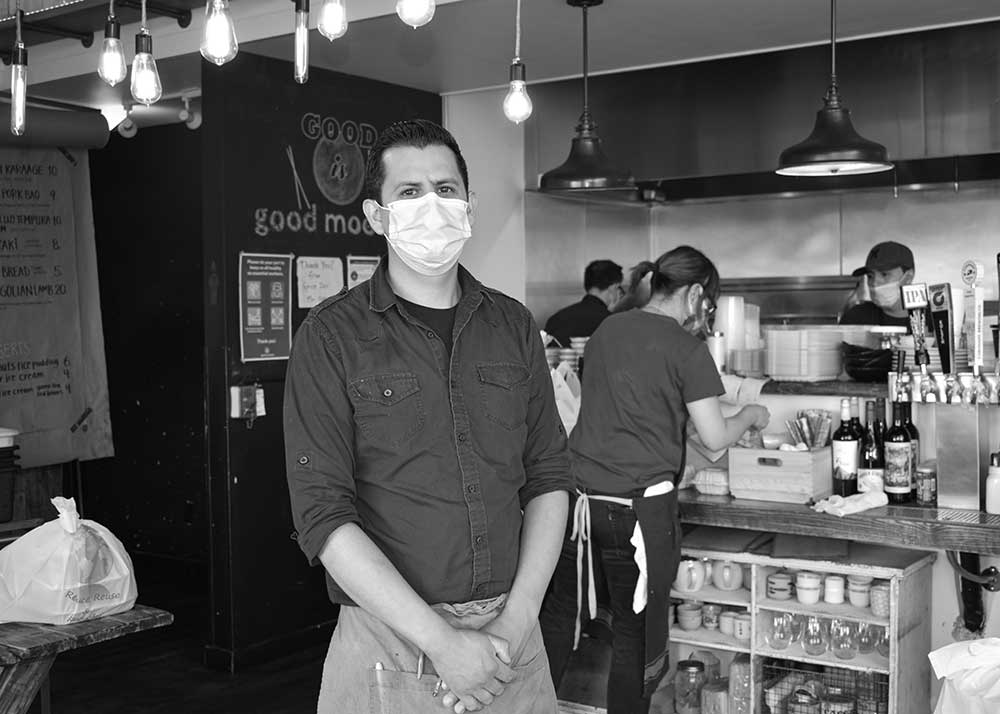
Francisco, Spice Jar
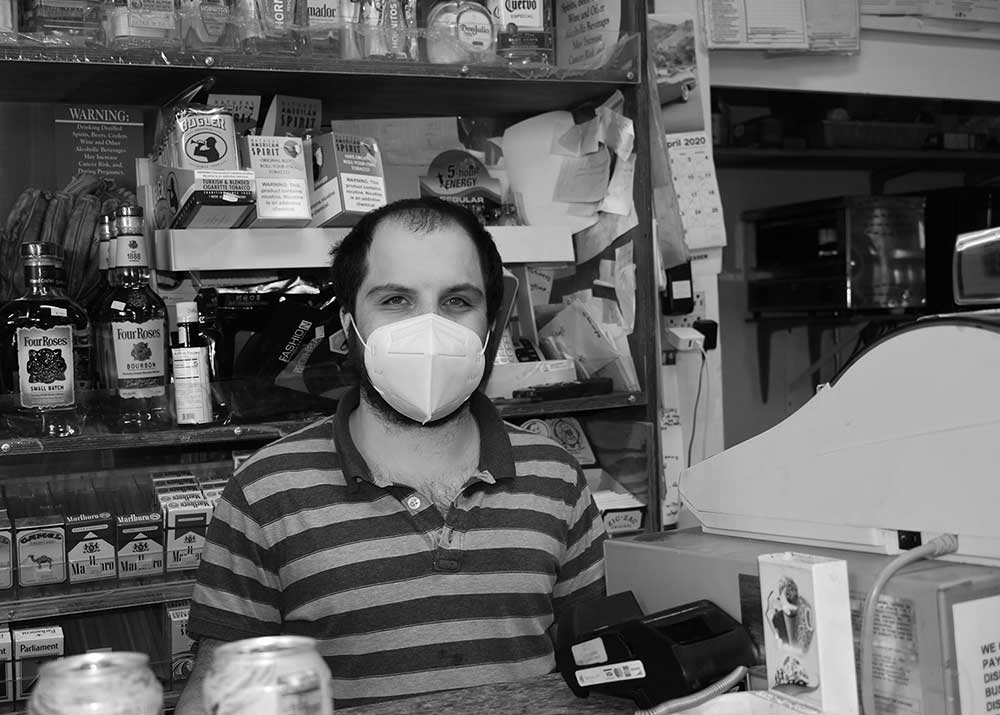
Mike, Mission Groceteria
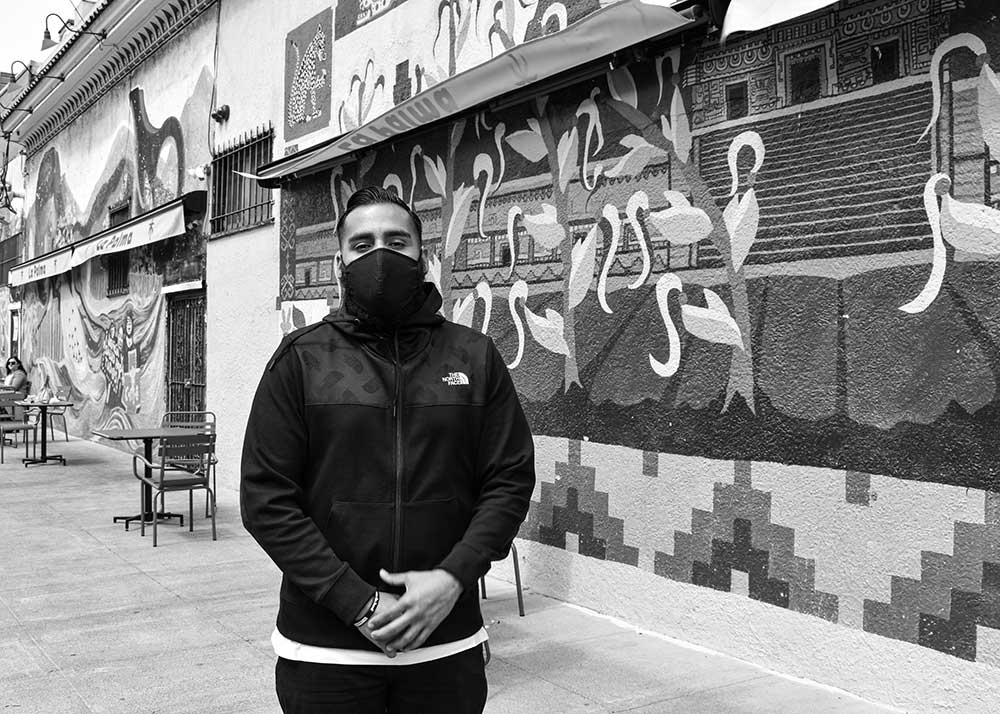
Jon, TODCO Group, Latino Task Force, Calle 24, Commissioner at City and County of San Francisco Department of Building Inspection
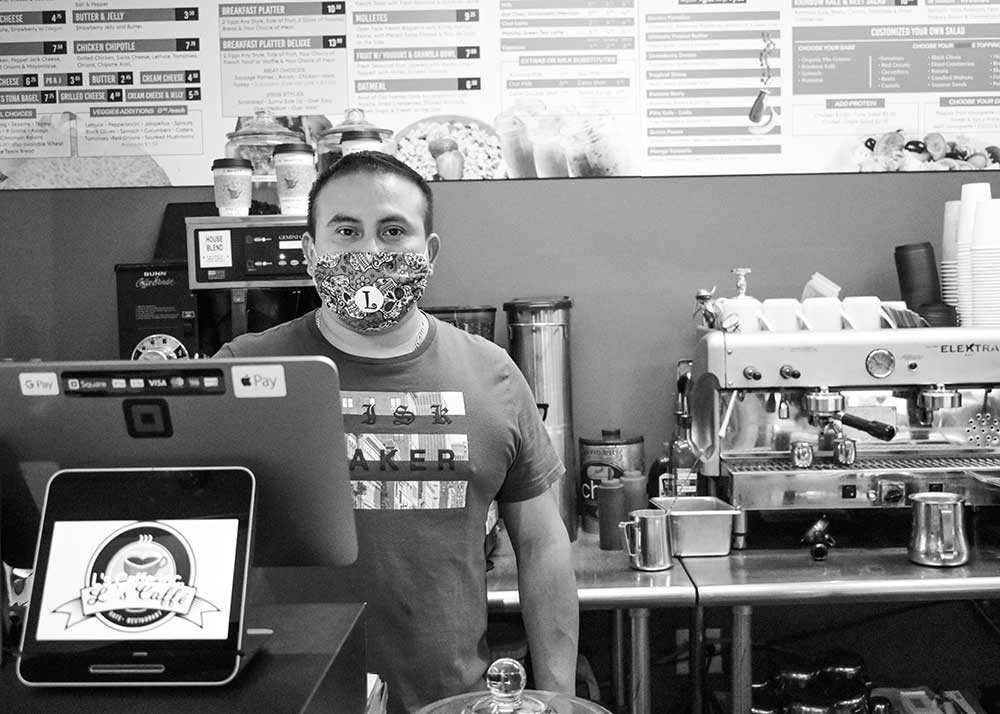
Santos, New Owner of L’s Caffe
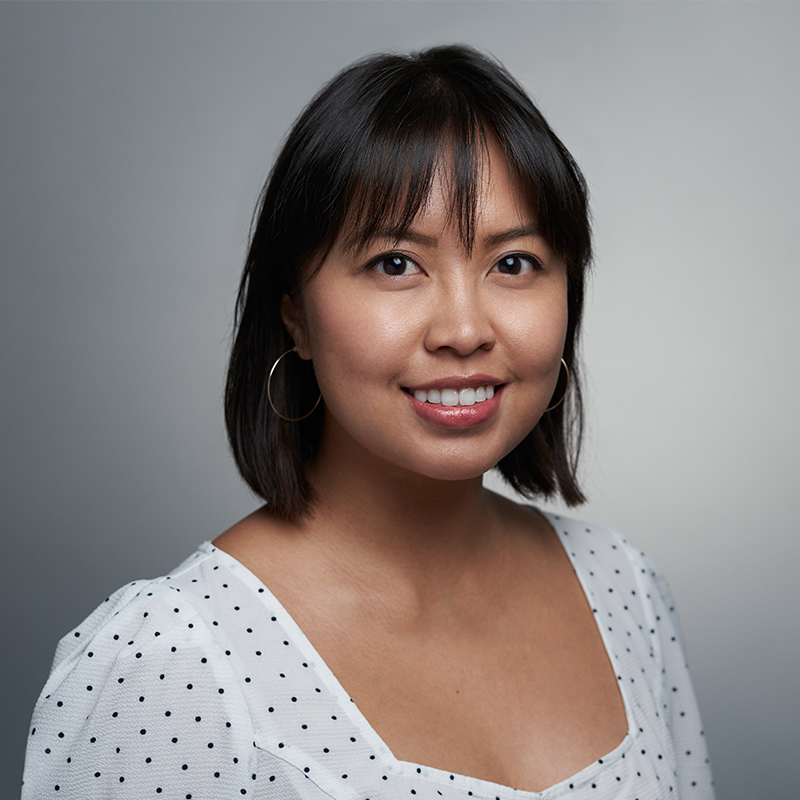
YBCA Zine
Seeing the Essentials
YBCA Fellow Cheyenne Concepcion sat down with Curatorial Project Manager Fiona Ball to discuss how her fellowship project pivoted in response to the COVID-19 pandemic, the importance of exploring concepts of place, and seeing essential workers as our modern day superheroes.

